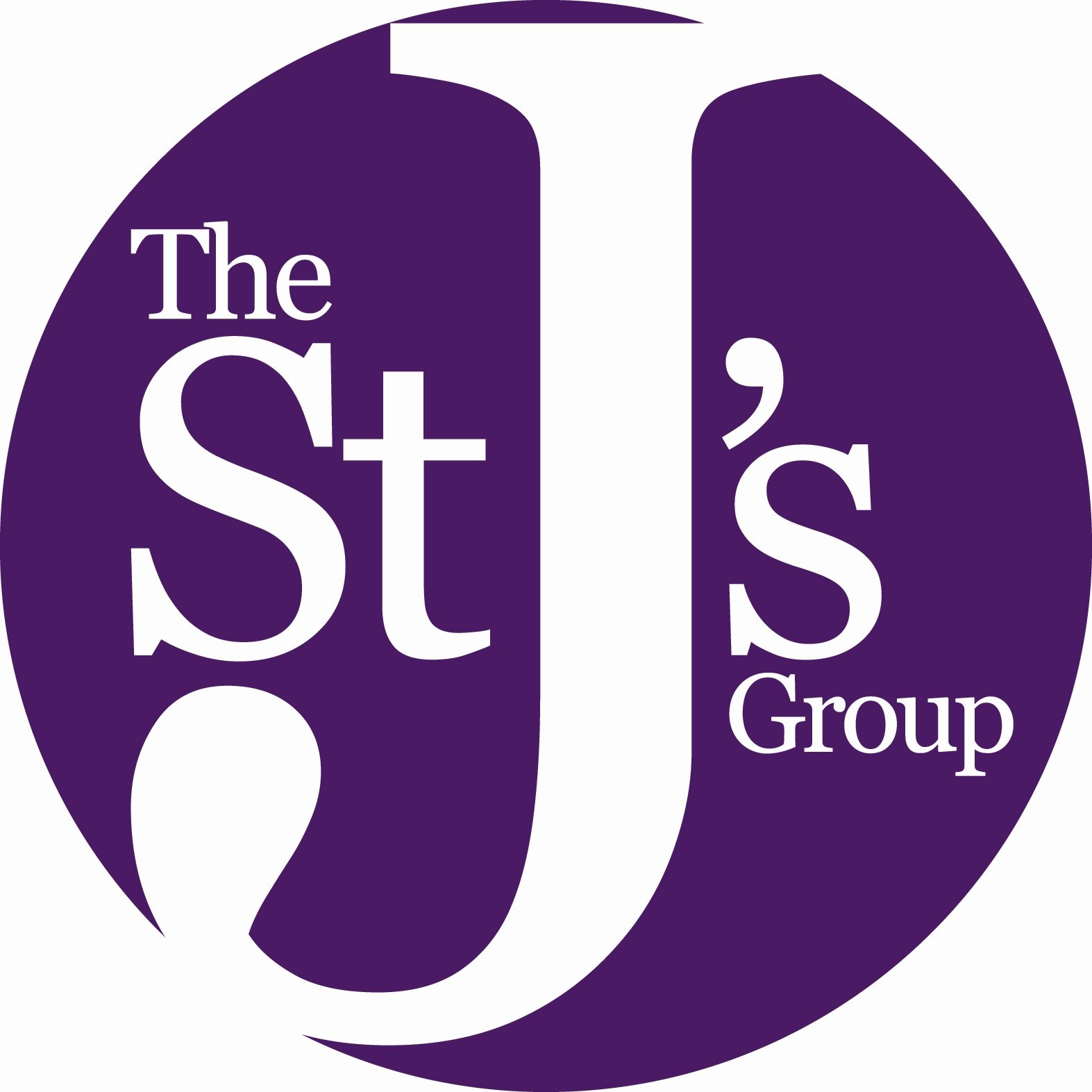History
St James the Less Foxcote is a lovely little church whose List of Rectors dates back to 1325. The church was rebuilt in 1721 and contains Georgian features in its Tuscan pillars, windows and pulpit with carving. There are several interesting monuments giving information about local familiies and benefactors. The largest and most impressive is one in memory of Robert Smith (1714) and his family. He bought the manor of Foxcote in the late 17th century. The so called ‘Orange Tablet commemorates members of the Orange and Somerville families. At least two male members were buried in the chancel before rebuilding. Nothing is known about the earlier church except that an eminent historian refered to it as a ‘humble pile’. There is a small tower with battlements, which Nicholas Pevsner thought was ‘more like a bell turret.’ Services are held at St James the Less, Foxcote from Easter Day to the end of October.
From the start of November to Palm Sunday services are held at St Julian’s School Chapel at Shoscombe.
The Orange Tablet
The tablet is roughly translated thus: “Here lies buried JOAN ORANGE of the Somerville family wife of JAMES ORANGE, a bearer of Arms (i.e. having a crest and shield) to whom was born EDWARD ORANGE. She was previously married to WILLIAM HUNTON by whom she bore RICHARD HUNTON, a bearer of arms, THOMAS, MARY, PHILLIPA, EMILY and SUSAN. The tablet is undated. (It seems likely that the tablet was erected by William, son of Edward Orange who died in 1642) The following information relating to the Orange family was obtained in March 1892 from the Reverend T Williamson Bull, Vicar of Paulton by the Reverend A.O.G. Elwell of this Parish:”The Orange family originally belonged to Mells near here where they carried on the business of clothiers. They were also allied to the Bisse family, well known clothiers at Frome & Balcombe. (The Bisse family is still in Frome). James Orange, described as of Marston Bigot (near Frome) purchased the Manor of Foxcote (Foscott) together with the advowson of the living, of Sir Henry Berkeley of Bruton in 1601. The said James Orange left fit by will to his son Edward. Edward Orange who died at Foxcote in 1642 and was buried in the chancel there. Edward Orange left four sons: William, John, Humphrey and Francis and four daughters: Mary, Elizabeth, Johanna and Edith. William, the eldest son of Edward held the manor of Foxcote and died in 1681 also being buried in the chancel of Foxcote. He had a wife but no children. Humphrey, the third son of Edward held the manor at Foxcote which he sold in 1690, together with the advowson, to a Mr Robert Smith of Frome. This humphrey had three daughters and a son. Elizabeth, eldest daughter of Edward, married a second wife, Laurence Bull of Paglinch in Wellow (near here). Over the door of Paglinch House, separated from Foxcote Parish by the brook, are the initials L.E.B. with the date 1632. The initials stand for Laurence and Elizabeth Bull. Of the Bull family came John Bull, born at Paglinch, who became organist at Westminster Abbey and is credited with the tune of the National Anthem. Elizabeth died in 1652 and was buried at Foxcote.
Humphrey Orange’s son, Edward held landed property in Kilmersdon (probably the Orange Farm to be found there now). From the City Rolls of Bristol it is recorded that Edward was apprenticed in that City in 1672 (to what it is not said) One of Humphrey’s daughters, Elizabeth married Hugh Ivye BA, Rector of Foxcote 1668-1696. The Orange Family appear to have owned Writhlington Manor for a short time.
William Orange of Mells, father of James, is recorded in the Certificate of Musters 1569, as the provider of Corslet, furnished. (A Corslet is a piece of body armour and the Certificate of Musters concerns the raising and arming of a local militia to provide defence against expected Spanish invasion which terminated with the Spanish Armada of 1588.)


